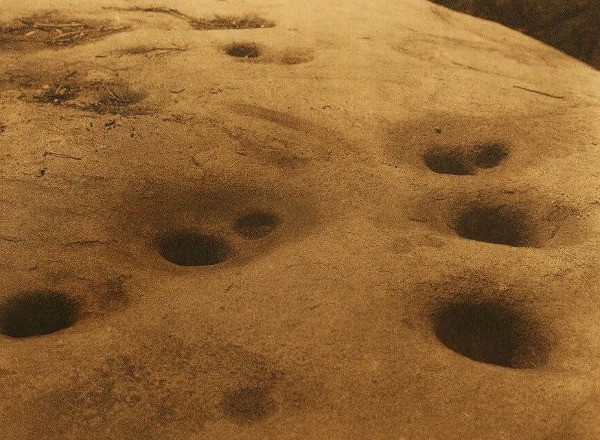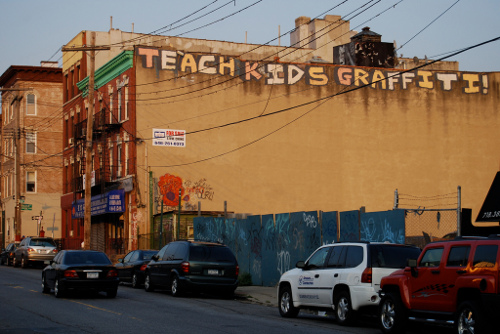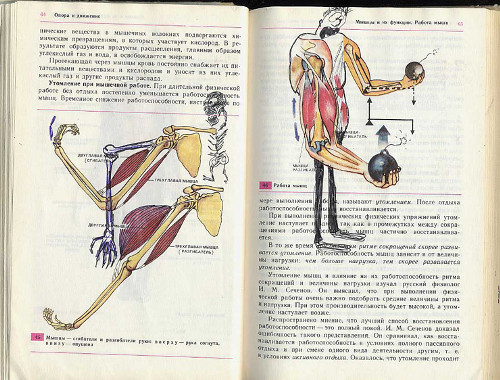Education
University of California, Davis
UC Davis pepper-spray incident
UC Davis spent thousands to scrub pepper-spray references from Internet
UC-Davis Paid $175,000 to Clean Up Its Image After Pepper-Spray Incident
UC Davis spends $175,000 to sanitize its online image after ugly pepper spray episode
UC Davis thought it could pay to erase a scandal from the Internet
Why UC Davis spent $175,000 to scrub references to pepper-spray incident
UC Davis got conned for $175K to erase pepper-spray incident from internet
The University of California paid $175K to scrub the internet of this picture
UC Davis paid at least $175,000 to improve online reputation after pepper-spraying students in 2011
UC Davis Tried Really, Really Hard to Erase That 2011 Pepper Spray Incident From the Internet
UC Davis spent $175,000 to bury search results after cops pepper-sprayed protestors
After “pepper spray incident,†UC Davis spent $175,000 to boost image online
UC Davis spent $175K to hide pepper spray cop on Google, says report
UC Davis Paid Consultants $175K to Remove Pepper Spray Images From Google
UC Davis Spent $175,000 to Eliminate Pepper Spray Cop From Its Google Search Results
UC Davis Spent $175K To Scrub Pepper Spray Cop From Google
UC–Davis Spent $175,000 Trying to Wipe the Internet of Its Pepper-Spraying Scandal
Of Interest to Geographers
And what is of interest to geographers? Mountains high and cool and covered with blue-black pine forests and the endless sheets of baked cracked-earth yellow deserts and a shopping center filled with people loaded down with brown paper bags and children; the empty streets of an old ghost town filled with nothing but tired climate and the pearly dew that covers the grass on a cool clean summer morning and the changing shapes of big red barns filled with hay by sweaty men and the cows that eat the hay and the roads that carry the trucks with the milk and the bright shiny rails of cold hard steel and the trains that ride them even as the wind with their whistles blowing deep, deep into night; the Mexican peasant burning over the sere yellow stubble of his corn fields and the way a city can push its lonely streets out into the country where at night the yellow lights of houses glow every now and then warmly beckoning; and why in one place you pay $200 for the same room that somewhere else goes for $2 and why the sky is blue and the height of the mountains and the size of the cities and the skidrow streets with ancient men of two-day beards that once saw the sheen and gloss of pace and fashion; the changing of the weather day by day, from the arcing heat of a summer noon to the bone-deep chill of a winter night and the wide valleys with their supple sighs and swarming rivers and the unending groan of the great unloaders dipping and and lifting their tons of ore against the growl of the furnaces turning out the rivers of molten steel that ride bumper to bumper tail-lights glowing on the great highways of the world. These things, and more, are of interest to geographers. Geographers want to know where the rivers come from and where they go and why they twist and turn and why some go fast and others slow and why some are clear, so clear and others turgid black. They want to know why you can cross a line nobody can see and be arrested for different things than on the other side and what a country is and means and why some grow and others shrink. They want to know why some people are comfortable a foot apart chatting over an evening cocktail and yet others not unless twice that distance and why a classroom fills with students the way it does and even if it fills a special way. Geographers want to know the shape of the earth and the depths of the oceans and the width of the rivers and the size of the cities and where the rain goes and what happened to the cotton mills in New England. Geographers want to know the middle of the Gobi Desert and walk the road to Timbuktu and take the cog railway to Dawson and ride down the Amazon in a wood canoe and climb Mount Everest and shake hands with the last stone-age man and take a peek at the Shangri-La in your mind and maybe some day have a hand in building a Shangri-La right here on earth where all men will know good things. These things are of interest to geographers.
- Denis Wood, "I Don't Want to, but I Will: The Genesis of Geographic Knowledge: A Real-Time Developmental Study of Adolescent Images of Novel Environments" (Ph.D. dissertation, geography, Clark University, 1973), pp.18-19.
You Are an Event
Einstein was a physicist, but the things he discovered about matter were so fundamental that no scientist or philosopher has been able to think the same way since. Einstein said that there was no matter at all. No time. No space. There were only events. Let me try to explain this to you. Think of a meeting. A meeting is when people get together to decide something. When two people meet on the street. An automobile crash is also a meeting.
Now what is a meeting? It is something that happens in time and space. Just think about that. A meeting is always some time. And it is always some place. And it is always some thing. But you can't lift up a meeting. You can't burn a meeting. Obviously a meeting is an event, an event in time-space. To see how similar these two ideas, a meeting, and an event in time-space are, think about this. Someone asks where you're going. You say, "To a meeting of the Sub-Committee." And that's a perfectly good answer. Now ask me where I'm going. "I'm going to Room 303 of the Greshim Building at 2:00 this afternoon." And that's a perfectly good answer too. It may be an even better answer because it imparts more information. In this case, the word "meeting" is equivalent to "Room 303 of the Greshim Building at 2:00 this afternoon." Not an hour earlier. Then Room 303 was a study hall. Not the next room down, because that's an office. Every single meeting in the world is just as precisely and definitively and uniquely defined by its location in time-space.
The trouble is, all things are events just like meetings. Think about a piece of land and the air above it. What is it? Last year it was an empty field. This year it's a hundred-bed nursing home. Fifty years from now it will be an old crumbly building, a ghost house. A hundred years from now it may be an empty field again. To say what that "space" is, without saying what "time" it is, is meaningless. Of course, most of the time we know where we are and don't have to say that. But if you're traveling and someone asks you where you live, you have to know when he means. "Now I live at the Excelsior; but my real home is in Oshkosh." Where you live is an event in time-space too. Since most of the time we know where and when we are, we aren't used to thinking of things as time-space events. When I now say that you are an event, you're startled and jump back and stare at me like I'm crazy. But I'm not. You are an event.
One of the simple ways to understand this is to try to take away "time" or "space" and see if you're still there. If you are a real thing, independent of "space" and "time," you should be able to take away "space" and still exist, or you should be able to take away "time" and still exist. Try it.
It's an interesting mental exercise, but with no solution. No matter how hard you think, you are still taking up "time" and occupying "space." In fact, all you really are is a particular location in time-space. A unique location in time-space to be sure, but no less an event for all your uniqueness.
-- Denis Wood, "I Don't Want to, but I Will: The Genesis of Geographic Knowledge: A Real-Time Developmental Study of Adolescent Images of Novel Environments" (Ph.D. dissertation, geography, Clark University, 1973), pp.13-14.
Scout’s Miwok Research
2. Miwok, First People of California: A Set on Flickr
4. Miwok Material Culture: Indian Life of the Yosemite Region (1933): Shelter
5. Miwok Material Culture: Indian Life of the Yosemite Region (1933): Sweat-House
6. Brandon Smith's Indian Tribe Report
8. Google: Miwok houses, clothing and food
9. California Indian Food and Culture (PDF)



